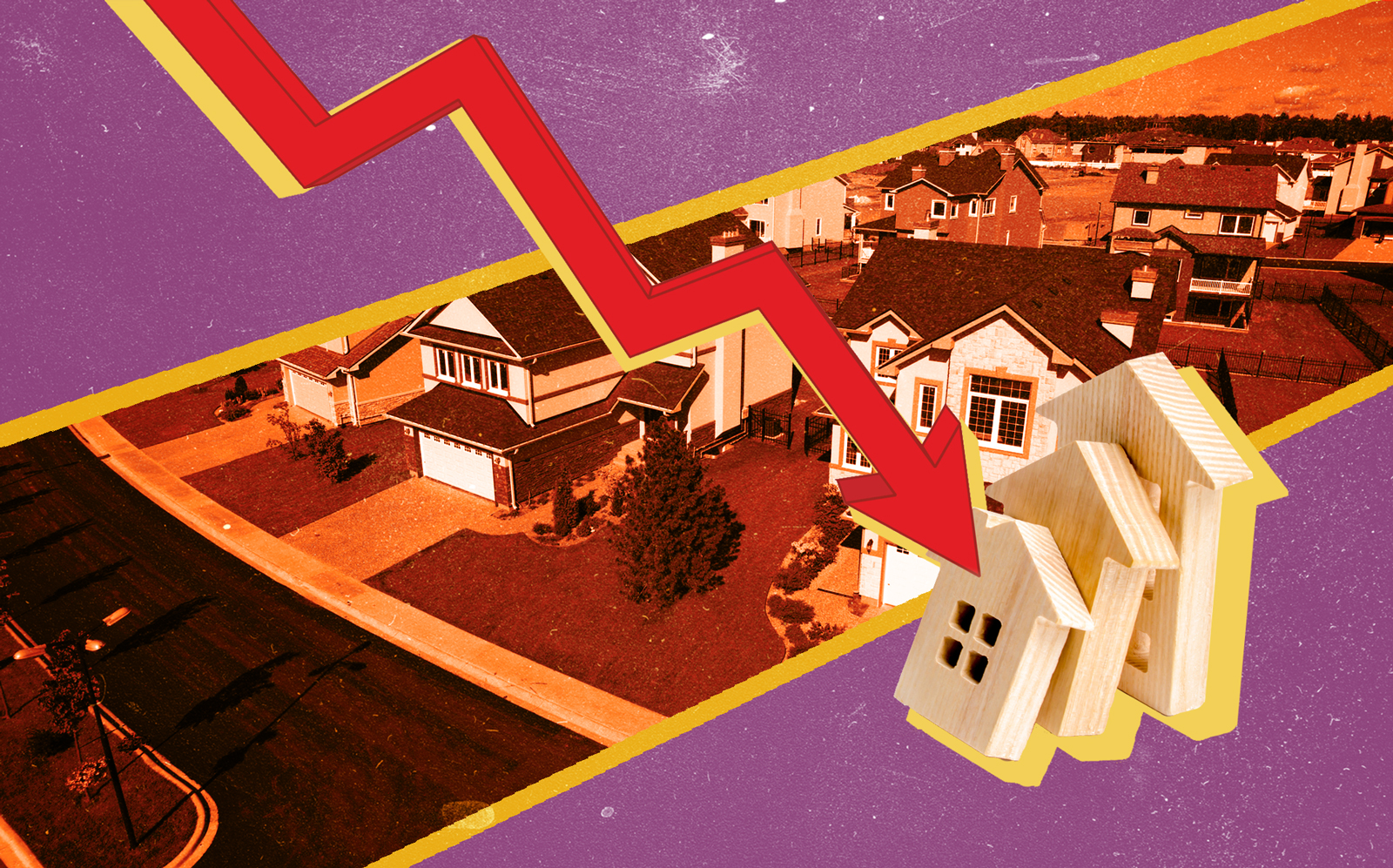The spike in home prices may have finally caught up to eager buyers.
Existing home sales fell 6.6 percent in February to a seasonally adjusted rate of 6.22 million from January’s rate of 6.69 million, according to the National Association of Realtors’ monthly report. It’s the first month-over-month decline since November, and it affected every region NAR tracks except the west.
Analysts expected last month’s rate of sales to drop, but forecasted only a 2.8 percent decrease compared to January’s levels.
Lawrence Yun, NAR’s chief economist, attributed February’s results to historically low inventory, unchanged from January’s 1.03 million units on the market. Meanwhile, home prices continued to rise: The median sales price increased for the 108th consecutive month to $313,000. That’s up nearly 16 percent from a year ago.
“Home affordability is weakening,” Yun said in a statement. “Various stimulus packages are expected and they will indeed help, but an increase in inventory is the best way to address surging home costs.”
At February’s pace of sales, there is two months’ worth of supply on the market, a dip from the 3.1 months’ worth of inventory available at the same time last year.
Homebuilders appear to be on a different page from buyers: Housing starts dropped 10.3 percent in January and market sentiment among builders dropped for the third time in four months in February. Soaring lumber prices are partly to blame for the decrease.
Despite the drop-off in buyer activity, last month’s rate of sales was still up 9.1 percent from a year ago.
Yun pointed to the year-over-year gains, which occurred in every regional market, to back up his view that home sales will be higher in 2021 than in 2020.
“The nation is on the cusp of returning to a sense of normalcy,” he said. “Many Americans have been saving money and there’s a strong possibility that once the country fully reopens, those reserves will be unleashed on the economy.”
At the same time, mortgage rates have begun to increase and prices remain elevated, lowering the likelihood that lower-income buyers will be able to purchase homes — particularly as many were increasingly shut out of the housing market last year.
